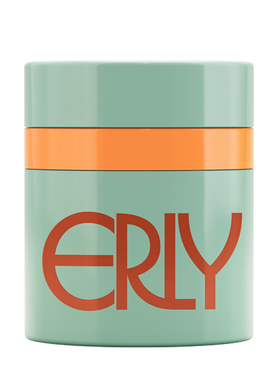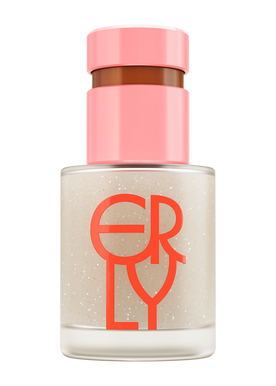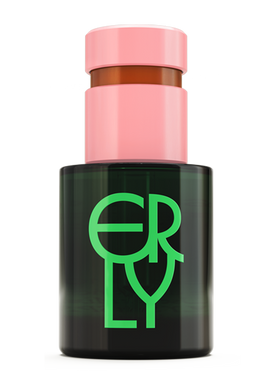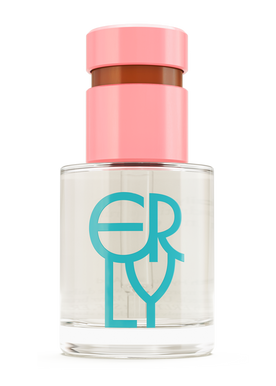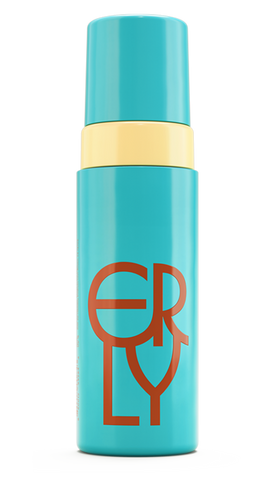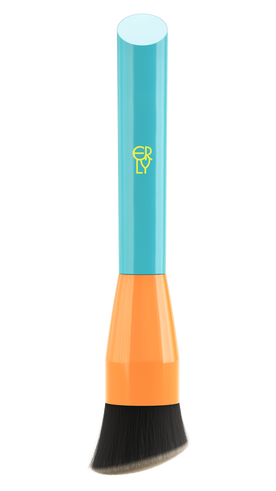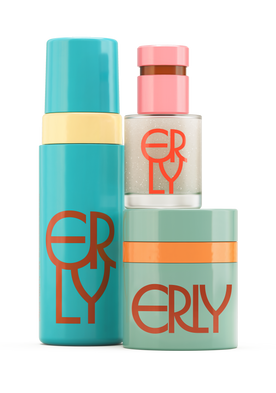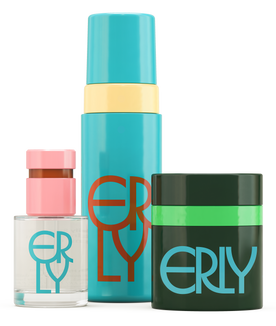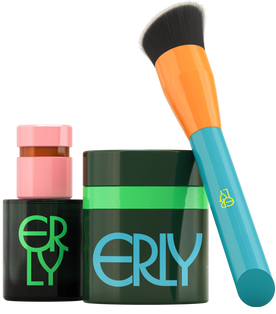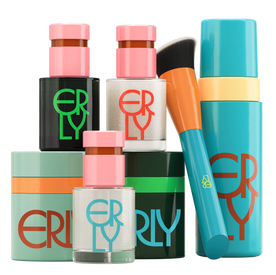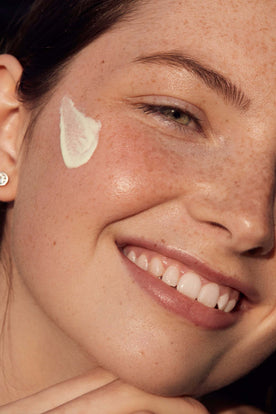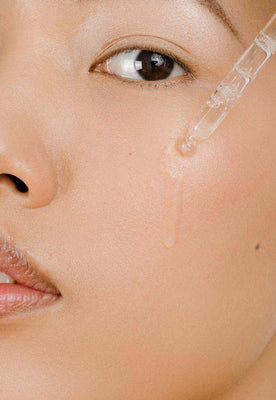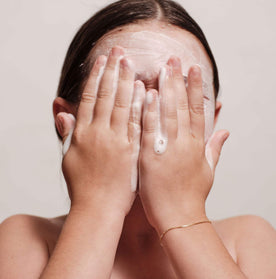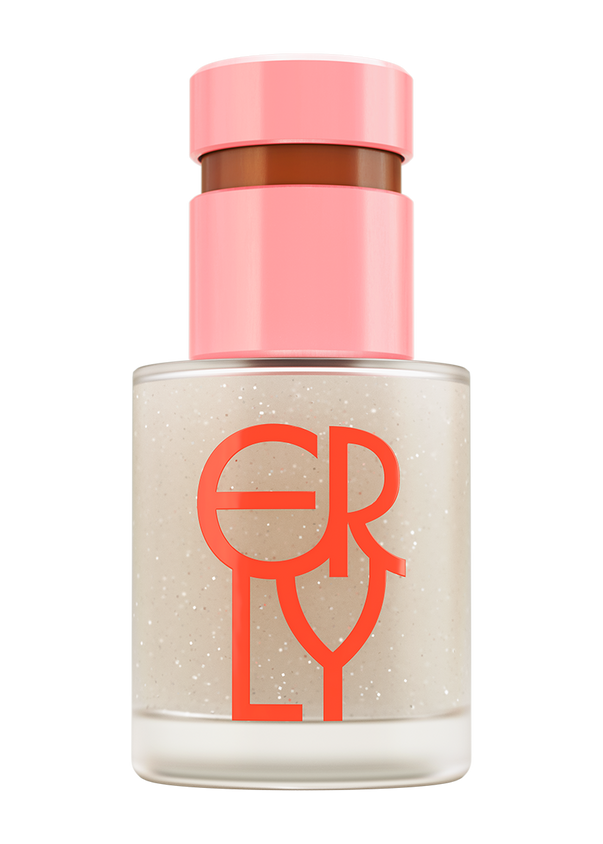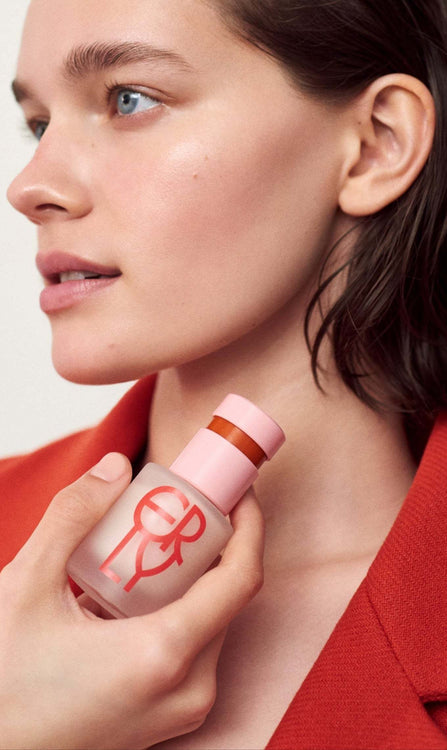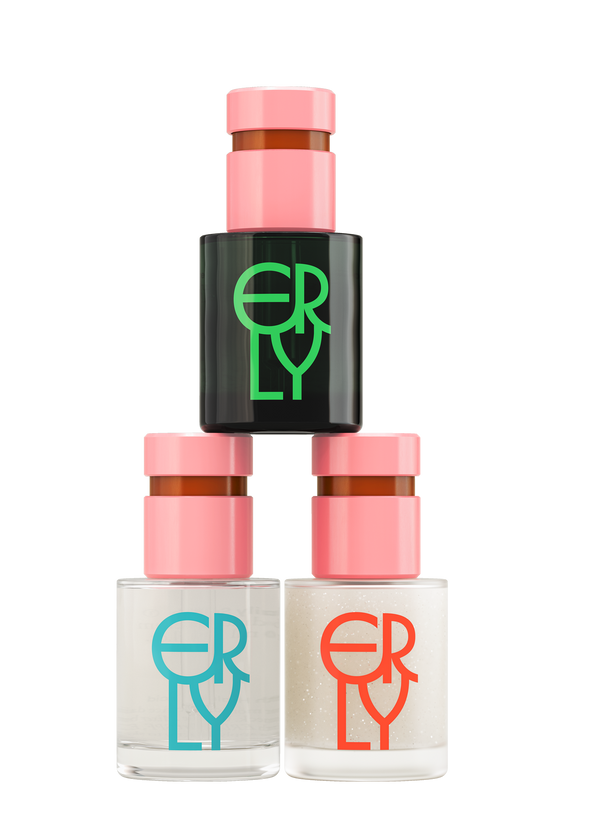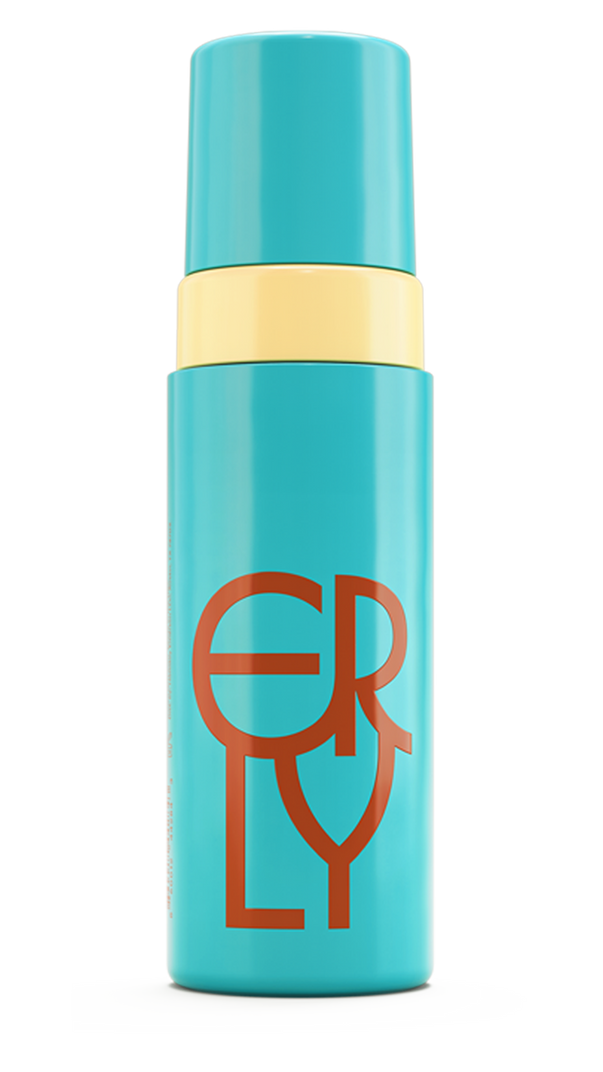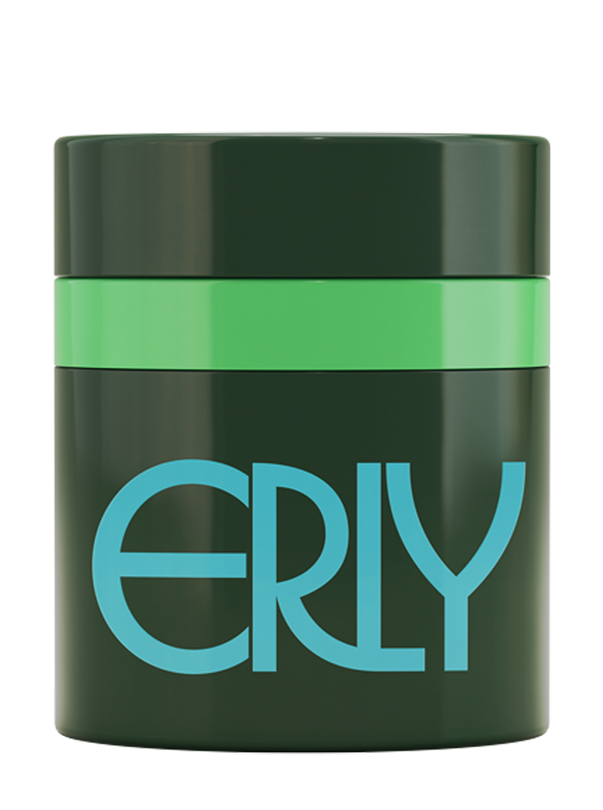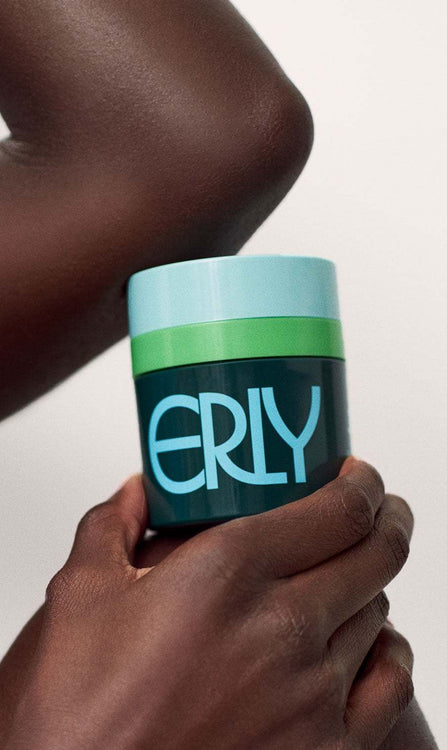It’s no secret that stress takes a toll on how we feel, but it also leaves a visible mark on our skin. From unexpected breakouts to dullness and dryness, our skin often mirrors what’s going on internally. As dermatologists, we see this all the time: patients coming in convinced that their skincare routine “suddenly stopped working,” when in reality, stress affects skin in many ways.
Let’s break down how stress shows up on your skin, why it happens, and what you can do to help your complexion recover—both immediately and long-term.
The Stress-Skin Connection
When you’re under stress, your body releases a cascade of hormones—most notably cortisol, the body’s main stress hormone. Cortisol plays a role in regulating inflammation, oil production, and even how well your skin retains moisture. When cortisol levels remain high for too long, the skin barrier weakens and inflammation rises.
That combination is the perfect setup for breakouts, irritation, and overall imbalance. Essentially, your skin starts to behave unpredictably. It can be dry in some spots, oily in others, and more reactive than usual.
How Stress Affects Skin
Everyone’s skin responds differently, but some stress signs are especially common:
1. Stress-Induced Breakouts
By far, the most frequent skin reaction to stress I see in my patients is acne flares. Stress hormones increase oil production and inflammation, which clog pores and lead to new breakouts or worsen preexisting acne. Many people react by trying “quick fixes,” switching products rapidly, or using harsh treatments that strip the skin barrier. Unfortunately, that often backfires, causing even more irritation and prolonging the breakout cycle.
2. Dullness and Fatigue
Lack of sleep and elevated stress hormones reduce circulation to the skin, making it appear dull and tired. You might also notice your under-eye area looking darker or puffier, and these are common signs of stress-related fatigue.
This is where hydration becomes key. A lightweight hydrating serum with multi-depth hyaluronic acid, like ERLY Daily Splash, helps plump and refresh dehydrated skin, especially under the eyes. Applying it morning and night can restore radiance and bounce while supporting the barrier’s natural moisture balance.
3. Sensitivity and Redness
When you’re stressed, the skin barrier becomes more permeable, meaning irritants can penetrate more easily. You might suddenly react to products you’ve used for years, feel more stinging after cleansing, or notice blotchiness and redness. This is your skin’s way of saying it needs a break.
A simple, fragrance-free routine is best during these periods. Look for products with ingredients that restore and soothe rather than exfoliate or “treat.”
4. Dryness and Flakiness
High cortisol levels can interfere with the production of ceramides and natural oils, leading to dryness or even eczema flares. When your barrier is compromised, water escapes more easily, leaving your skin tight and rough.
Your skin’s repair processes are most active at night, so this makes it the ideal time to use a barrier-repairing moisturizer like ERLY Night. This formula replenishes with hyaluronic acid and vitamin E, both of which attract and lock in hydration while calming irritation. Over time, it helps rebuild resilience so your skin can better handle whatever the day brings.
Stress, Skin, and Picking: Breaking the Cycle
For many people, stress also triggers a habit of skin picking—whether that’s popping pimples, scratching at bumps, or absentmindedly touching areas of concern. While it can feel like a momentary release, picking often makes things significantly worse. It delays healing, increases inflammation, introduce bacteria, and can cause long-term hyperpigmentation or scarring.
The urge to pick is rarely just about the skin itself, but it is often a behavioral stress response. When anxiety builds, repetitive actions like picking temporarily relieve tension or provide a sense of control. Recognizing that connection is the first step in breaking the cycle.
Here are a few strategies that can help:
1. Keep Hands Busy
If you find yourself picking absentmindedly (like during work, studying, or scrolling on your phone), try replacing that action with a neutral one like holding a fidget object, stress ball, or textured stone. Keeping something tactile nearby redirects the physical urge without damaging your skin.
2. Create “No-Mirror” Moments
Many people pick while standing too close to the mirror under harsh lighting. Try limiting mirror time to essential skincare steps. If you need to, apply your products in softer lighting and ditch the 10x mirror to reduce the temptation to over-analyze every pore or blemish.
3. Cover and Protect
If you’re healing from active spots, applying a hydrocolloid patch can serve as both a physical barrier and a visual reminder not to touch the area. This helps the skin heal more efficiently while breaking the habit loop.
4. Soothe, Don’t Scrub
Post-picking skin needs calm, not correction. Instead of exfoliating or using harsh treatments, focus on barrier repair and hydration. A simple routine with ERLY Daily Splash for hydration and ERLY Night for nourishment helps restore comfort and promote healing without adding irritation.
5. Practice Awareness and Self-Kindness
Picking often stems from frustration or perfectionism. Catching yourself in the moment and pausing to take a breath can help interrupt the pattern. Remind yourself that your skin doesn’t need to be “perfect” to be healthy, and healing takes time.
If skin picking becomes chronic or leads to distress, you’re not alone. Dermatologists and therapists can work together to help you manage both the physical and emotional aspects.
How to Support Your Skin During Stress
While you can’t completely eliminate stress, you can create habits that minimize its impact on your skin. Here’s how:
1. Simplify Your Routine
When your skin is under stress, less is more. Stick with a gentle cleanser, a hydrating serum like ERLY Daily Splash, and a nourishing moisturizer such as ERLY Night. Avoid introducing new actives or exfoliants until your barrier feels strong again.
2. Don’t Skip Moisture
Even if your skin feels oily, dehydration is often lurking beneath the surface. Keeping skin well-hydrated supports repair, reduces inflammation, and restores elasticity. A balanced barrier helps protect against external stressors like pollution and harsh weather that can make things worse.
3. Sleep on It (Literally)
During sleep, blood flow to the skin increases, and repair processes kick in. Chronic stress often leads to disrupted sleep, which compounds the problem. Establishing a calming nighttime routine can make a visible difference in just a few days. I recommend cleansing gently, applying ERLY Night, and stepping away from screens before bed.
4. Hydrate from the Inside Out
Stress can dehydrate the body, which directly affects the skin. Drink water regularly and eat water-rich foods like cucumbers, berries, and leafy greens. This internal hydration supports what you’re doing topically.
5. Mind-Body Balance
Managing stress isn’t just about skincare—it’s also about how you support your overall well-being. Practices like deep breathing, exercise, journaling, or even short outdoor walks can help regulate cortisol and calm inflammation throughout the body (and skin).
The Takeaway
Your skin reflects what’s happening inside, and stress is no exception. From breakouts to dryness to under-eye fatigue—or even the urge to pick—these are all signs that your skin needs care, not punishment. The key is to focus on hydration, repair, and consistency, rather than quick fixes.
A gentle, supportive routine with ERLY helps restore calm both to your skin and your self-care rituals. Because when life feels stressful, your skincare routine can be one small way to bring everything back into balance.
